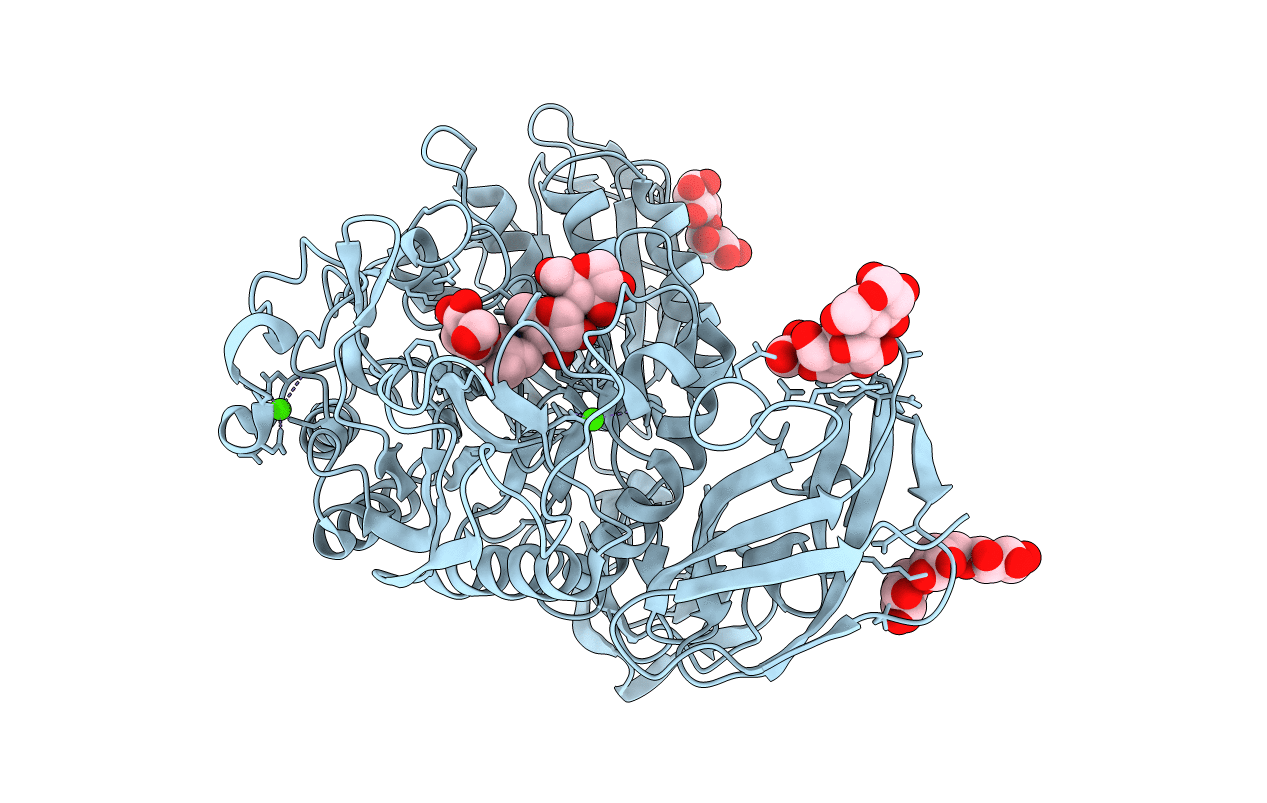
Deposition Date
2001-11-09
Release Date
2002-01-16
Last Version Date
2024-10-30
Entry Detail
PDB ID:
1KCK
Keywords:
Title:
Bacillus circulans strain 251 Cyclodextrin glycosyl transferase mutant N193G
Biological Source:
Source Organism:
Bacillus circulans (Taxon ID: 1397)
Host Organism:
Method Details:
Experimental Method:
Resolution:
2.43 Å
R-Value Free:
0.20
R-Value Work:
0.15
Space Group:
P 21 21 21


